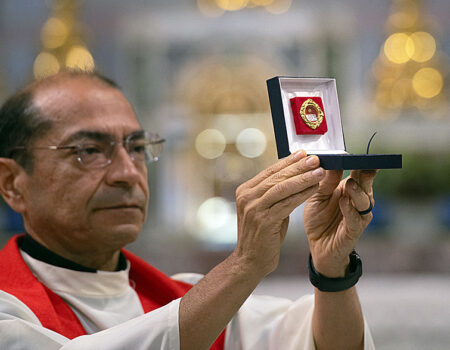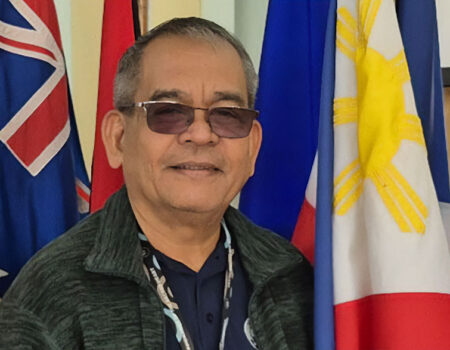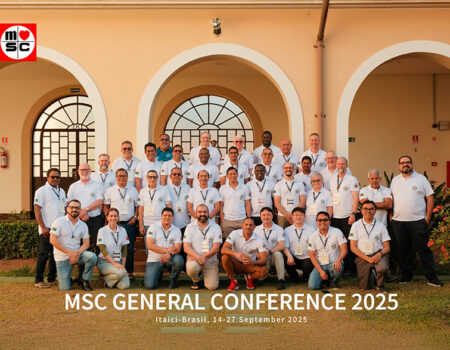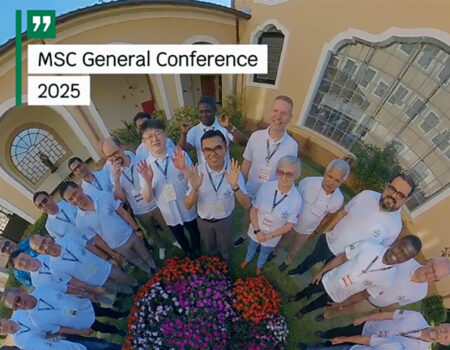Everywhere: An initiative, more than 10,000 smiles
Sunday March 30, 2025
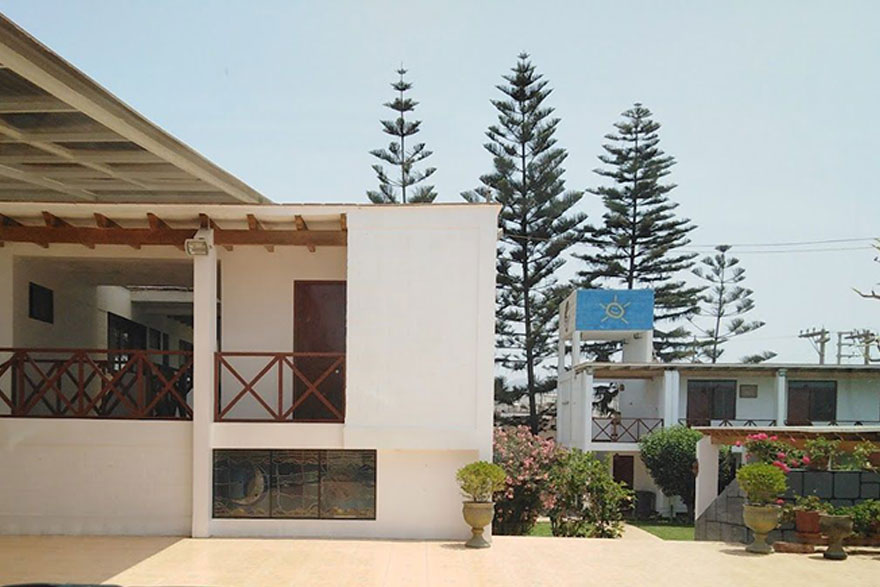
Among the many needs that the Church must address, poverty carries significant connotations. Poverty is not confined to a lack of monetary income; it also encompasses other dimensions, such as health and education, which are fundamental when considering the evangelical principle of respect for life and human dignity.
The main problem for poor Peruvian households is the limited access to essential services such as drinking water, sanitation and electricity, with children being the most affected. In Peru, 38.5% of children aged 0 to 17 live in poverty 1[1], and the majority of them live in rural areas.
Considering children involves being aware of the socioeconomic conditions in which they reside, as well as ensuring they can enjoy their childhood while contributing to their education and spiritual development. With this vision in mind, the Vamos a la Playa (VAP) Programme was established in 1995 as the social initiative of the Parish of San Felipe Apóstol to demonstrate Christian solidarity with children from disadvantaged areas through educational and recreational activities.
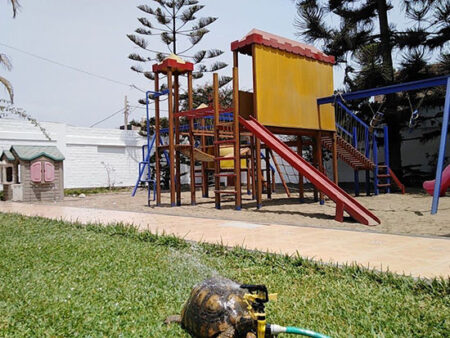
Through various fundraising activities and donations from parishioners and supporters in Germany, we built and equipped a house at the seaside resort of San Bartolo, south of Lima. It is named the ‘Centro Germán Schmitz’ in honour of the Missionary of the Sacred Heart of Jesus, who spent many summers in San Bartolo as a child. As a priest, he served as the parish priest of San Felipe Apóstol and later became the auxiliary bishop of Lima, conducting his pastoral work mainly in the impoverished areas south of the capital. Since the children find it difficult to remember and pronounce Monsignor Germán’s name, they have affectionately renamed the Centre ‘the VAP’s Little House’.
Since 1995, excluding the two pandemic years, we have welcomed over 10,000 children from disadvantaged backgrounds, initially from the slums of Lima. A few years later, we began to focus on remote villages in the Andes and even the Amazon.
This is how the VAP Programme, which occurs in the summer months, accommodates boys and girls aged 8 to 11. Each season, we organise four or five two-week sessions, each involving 48 to 50 children, looked after by around twenty young and adult volunteers who take on various roles according to their skills: monitors, programme managers and assistants, storekeepers, and kitchen and cleaning staff. Like the children, they all reside at the ‘Casita del VAP’ during volunteer shifts.
The children are divided into six teams of eight members: three teams of boys and three teams of girls. Each team is in charge of two young people who are the Monitors who accompany them at all times: in recreational activities, in training, in prayers, at mealtimes, in their respective shifts, on outings and even in their sleep; each room is divided into a section for the children and another for the Monitors, so that the latter are on hand in case any child cannot sleep, feels unwell or needs to go to the toilet. The people responsible for carrying out the activities for the whole group are the Programme Manager and his Assistants, who work with the support of the Storekeepers, who are in charge of having the material ready for each activity, as well as of putting together the backpacks with school supplies that we usually give to each child at the end of the shift. Finally, the kitchen and cleaning volunteers work under the direction of Mrs María Luisa, who has lived with her family in the ‘Casita del VAP’ since 1997, thus giving us the peace of mind that the house is monitored and its surroundings well cared for throughout the year.
Just as it is essential to have a good number of volunteers, they must also receive adequate training – good will is not enough! – That is why we carry out training/refresher courses every year. In the early years, most of the young volunteers came from our parish, but we have since opened our doors to young people from other parishes, universities and other countries. Even so, finding volunteers willing or able to give one or more weeks of their summer is not easy. However, we could say that 99% of those who have ever been to ‘la Casita del VAP’ have been eager to return. And several have done so.
Programme Director LITTLE CHILDREN HAVE THE RIGHT TO BE HAPPY (A testimony)
‘If you asked me if I worked as a child, I would answer yes. But I would have to confess that I did it for fun. However, how many children cannot say the same! They have to work to survive, but have fun? That word doesn’t exist for them. In our country, thousands of children suffer abuse and may never receive a word of encouragement from their families. That’s why we VAP Volunteers strive to give them back the right to be happy.
Bettina Chian
Although the programme is called ‘Vamos a la Playa’ (Let’s go to the beach), the children greatly enjoy the sea and the sand for just one hour a day. And the essence of the programme takes place in the ‘VAP House’: it’s two weeks of fun and healthy recreation, but also of human and Christian formation, in which traditional formal education is replaced by the scout method, as it is games, workshops, dynamics, songs and various activities that help to instil in the little ones the various values that we have chosen for each day: friendship, health, respect, love of nature, creativity, teamwork, the spirit of self-improvement, the joy of being Christian, etc. These values are presented to the children through the use of fantasy, which is typical of their age. So, to present a value, the children transform themselves into a particular character. For example, on health day, they are lifeguards; on creativity day, they are Incas, etc. All the games, workshops and other activities follow an adventure with the character in question. In this way, fantasy keeps the children’s interest in the subject throughout the day, which is reinforced during the evening with small performances prepared by the children themselves, with the guidance of their monitors.
As for the spiritual aspect, we have daily morning prayers in which the children actively participate. We also teach them to pray before and after meals. In addition, after dinner, we have the ‘Encounter with Jesus’, where, by candlelight, we read a biblical text, and after a short catechesis, we invite the children to make their requests. Finally, after an enjoyable evening in which the children act and sing, we close the day with a prayer. Of course, on Sunday, we celebrate mass, prepared especially for children, and teach them through different games that Sunday is the Lord’s Day. The penultimate day begins with a short performance about the life of Saint Tarcisius. It continues with a trip to the past, where the children see how difficult it was to be a Christian in the early days, and they learn that amid darkness, Jesus will always be our light. The following day, they discover that nowadays there are other kinds of difficulties in living according to the Gospel, but that despite everything, we have to be joyful followers of Jesus like Pier Giorgio Frassati and Carlo Acutis were, and we also talk about them on that day.
Finally, at the end of each day, we discover with the children and volunteers that the day’s theme has a spiritual background and the value to be instilled. For example, on friendship day we thank God for the new friends we are making; on ‘scientists’ day we encourage them to take care of nature, which is God’s creation; on the day when we highlight the creativity of the ‘Incas’ we emphasise that imagination is a gift from the Lord and that we must use it to do good things; etc.
In conclusion, the ‘Vamos a la Playa’ programme is more than just a trip to the beach. In reality, it is two weeks:
· of healthy recreation and personal development;
· of instilling and/or reinforcing values and good habits;
· of discovering their artistic abilities and allowing them to express their feelings through them;
· of accommodation, good food, and care for their health;
· daily prayer and the promotion of Christian values that contribute to the formation of their character in the face of the challenging environment in which they live;
· a lot of human warmth, living happily together in a safe, welcoming environment, thus discovering the love of Christ.
Transporting the children from their villages and then returning them, providing them with full board for two weeks (for them and the volunteers), taking them on a day trip to the zoo, washing everyone’s bed linen, paying for the essential utilities of water and electricity, buying gas for the kitchen, preparing the printed material that is given to the children, purchasing toiletries, paying for fuel and tolls to transport the volunteers, etc., all of which is financed by private donations and charitable activities throughout the year such as raffles, fairs[2] and concerts. It’s a lot of work, but we know it’s worth every effort.
At the end of the shift, the children say goodbye with a smile and a few tears. Although they return to their reality, they do so with a different vision that will help them strive to preserve the values acquired in the VAP and, thus, be better people in the future. As for the volunteers and donors, thanks to this apostolate, they discover ‘the face of Christ in the poor, in the little ones and all the victims of injustice and violence’[3], thus aligning themselves with the spirit of the MSC.
May the Sacred Heart of Jesus be loved everywhere!
Dietrich Düllberg, MSC


